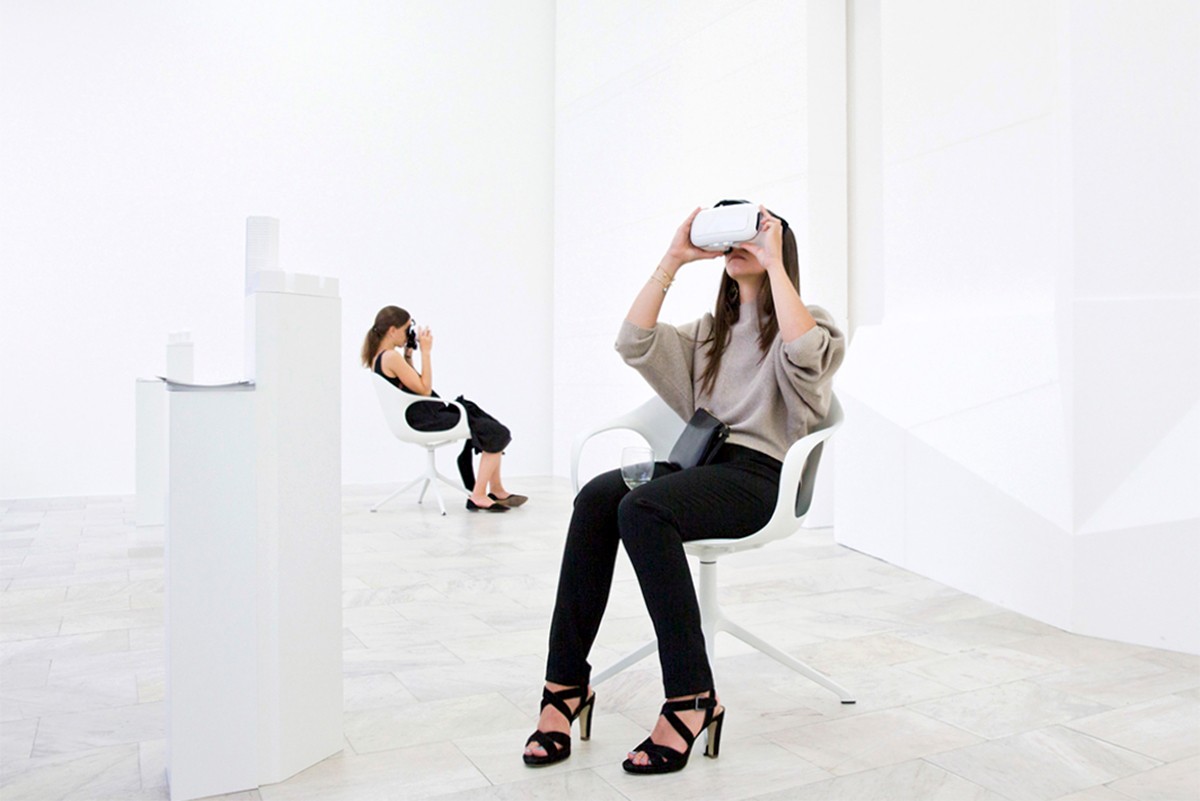The Architecture Exhibition of Tomorrow
On the occasion of its 25th anniversary, Architektur Galerie Berlin has invited 14 architects and one curator to develop proposals and ideas for the “architecture exhibition of tomorrow.”
As both a part and a reflection of architectural discourse, exhibitions on architecture and related disciplines are closely tied to broader societal issues and are subject to constant development. On one hand, changing economic, social, and political conditions influence content and communication concepts. On the other hand, digital communication and social media present a major challenge to the traditional, usually static exhibition format.
In order to remain a relevant platform in the future and to gain greater significance in societal dialogue, numerous questions are currently being raised: What media will architecture exhibitions use to reach their audiences in the future and to attract new ones? How will the relationship between analog artifacts and digital information evolve? Will exhibitions remain finished formats, or will visitors be involved in their development and even able to alter them?
Last but not least, contextual changes also influence the very nature of exhibition venues. Due to ongoing budget cuts in the cultural sector and the dynamic communication behavior of visitors, traditional site-specific formats may increasingly be supplemented or even replaced by mobile ones. In this context, presence in public space is also becoming increasingly important, aiming for a truly inclusive exchange rather than established presentation formats.
The exhibition contributions can only reflect these questions in fragments. However, in the spirit of an experimental setup, they demonstrate the wide range of possibilities for addressing the challenges mentioned. The spectrum ranges from concrete proposals for the expansion of Architektur Galerie Berlin to concepts for networking with other institutions and examples of interaction between analog and digital communication. Furthermore, the statements of 21 curators open up new perspectives, and exhibition visitors are invited to contribute their own ideas and participate.
Opening: 10.7.2025, 7 p.m.
Speakers: Teresa Fankhänel, Ulrich Müller
Talk: 17.7.2025, 7 p.m.
Speakers: Verena Lindenmayer (MVRDV), Jürgen Mayer H., Oda Pälmke, Elena Schütz (Something Fantastic)
Moderation: Jan Friedrich, Marie Bruun Yde (Bauwelt)
Talk: 21.8.2025, 7 p.m.
Speakers: Tim Heide (Heide & von Beckerath), Christoph Hesse, Miriam Koudmani (Riegler Riewe), Tobias Wallisser (LAVA)
Moderation: Amina Ghisu (DBZ Deutsche BauZeitschrift), Ulrich Müller
